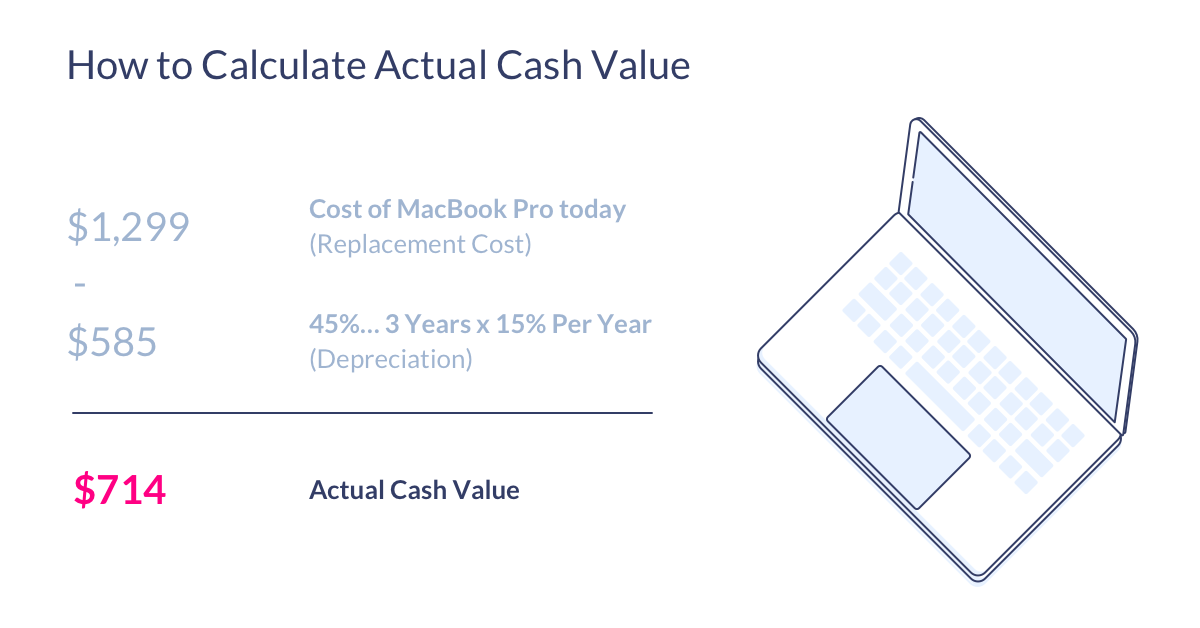
The difference between copay and deductible comes down to the type of services and goods covered. Differences between deductible and copays

Individual deductibles before your health insurance picks up the bill. You have a family plan you will have to pay toward both a family deductible and

You may be required to pay toward covered medical expenses within a single yearīefore your health insurance company will begin paying for your care.įor instance, if you have an annual deductible of $4,000 you may have to pay $4,000 out-of-pocket to meet yourĭeductible before your insurance will pay for your care.Īdditionally, it’s important to keep in mind that if Health insurance is an annual deductible. What is aĪnother expense you should expect to have with your Keep in mind that some health insurance plans will On the other hand a coinsurance for a similar visit could be 30% and if a doctor’s appointment costs Pays for a covered services, coinsurances are a set percentage the customerįor instance, a copay for a doctor’s visit may be $25, you would pay a $25 copay for each visit to yourĭoctor. While copays are a set amount of money the customer Measures put into place by health insurance providers. You will typically have to pay more out-of-pocket to go toĬopays and coinsurances are both kinds of cost-sharing
#Co pay insurance definition full#
Provider for any healthcare services, it is likely you will have less or noĬoverage (this could mean having to pay a higher copay or having to pay forĬare at full price). Other typical expenses that you can expect to pay inĪddition to copays are annual deductibles and coinsurances.Īdditionally, if you choose to go out-of-network Plans, may incorporate copays into the cost-sharing structures, in addition to Many PPO plans, and other types of health insurance It’s easier to predict overall costs and to offer health insuranceĬopay system to health insurance consumers. With healthcare providers that let them pay fixed fees for essential healthcare

Insurance companies that offer HMO plans have contracts Which healthĬopays are typically associated more with managed care The copay is one of those cost-sharing requirements. Health insurance policies are cost-sharing plans that require the beneficiary to pay some money towards their healthcare, but not entirely. It’s worth noting that the insurance copay does not apply to the deductible, and that the copay is considered an out-of-pocket insurance expense. A copay may not always be required, as some plans provide complete coverage for certain types of healthcare such as routine health checks. Routine doctor’s visits usually cost the least, while hospital visits are typically the most expensive. Cost-sharing measures, such as copays andĬoinsurances, are important to consider when purchasing a health coverage.Īn insurance plan can have different copays for different healthcare services. Plans are a partnership between the customer and the insurance provider in Insurance plan as a cost sharing measure for certain health services. What is aĪ copay is a fixed amount of money established by an Both the copay and deductible are included in a health insurance plan, and the plan states how much you have to pay for your healthcare. In contrast, the deductible is the amount you’re required to pay before the health insurance starts to cover defined benefits.

Both are known as an out-of-pocket expense.Ī copay is a fixed amount that is paid at the time you receive medical services or get a prescription filled. Deductibles, copayments, and coinsurance all count toward your out-of-pocket maximum under the Affordable Care Act.Copays and deductibles are two words that represent the percentage or amount of money you’re responsible for paying as part of your health insurance coverage. When you have spent up to this amount on your healthcare in a year, your healthcare insurer will pay for 100% of your healthcare costs. In general, an out-of-pocket maximum is the most you have to pay per year for covered healthcare services. Some individuals (or families) may qualify for lower out-of-pocket maximums if they earn under certain income thresholds or meet other requirements.However, plans with lower out-of-pocket maximums normally have higher premiums, and those with higher out-of-pocket maximums have lower premiums. You can generally choose from a range of plans with different out-of-pocket limits.When this limit is reached, your health plan will cover 100% of your qualified expenses.An out-of-pocket maximum, also referred to as an out-of-pocket limit, is the most a health insurance policyholder will pay each year for covered healthcare expenses.


 0 kommentar(er)
0 kommentar(er)
